John Chapman’s entry into the US Air Force
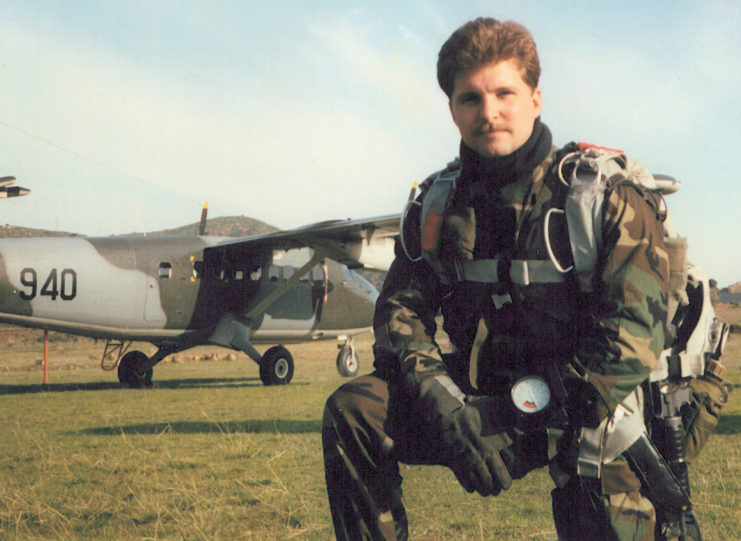
John Chapman was born in 1965, in Springfield, Massachusetts. Eventually making his way to Connecticut, he graduated from Windsor Locks High School in 1983, and enlisted in the US Air Force two years later. At the time he joined the service, the Cold War had not yet ended.
Interestingly, the Soviet Union was fighting in the mountains of Afghanistan during the 1980s. No one knew that, in less than 20 years, it would be America’s turn to slug it out against a determined foe in such treacherous terrain.
Chapman received training in the combat control field, where coordinating fire for ground operations would be his primary duty. This led him to the special operations field, and he eventually wound with the 24th Special Tactics Squadron, which was stationed out of Pope Air Force Base, North Carolina.
With the September 11th attacks rallying the United States around the idea of war, Chapman found himself on a plan headed for Afghanistan – and a rendezvous with military history.
Operation Anaconda
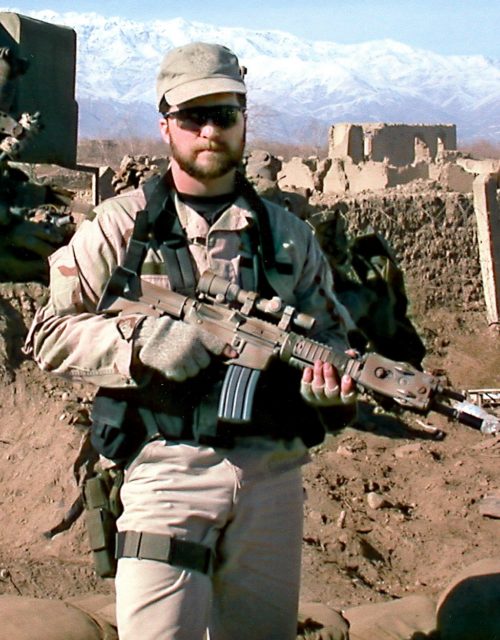
By March 2002, the American invasion of Afghanistan was well underway. The Taliban and Al-Qaeda proved tenacious, and the country’s terrain offered refuge and tactical advantages, which the technologically superior coalition had to combat.
The coalition launched Operation Anaconda, designed to destroy enemy forces in Shahi-Kot Valley and the Arma Mountains. On March 4, John Chapman was aboard a Boeing MH-47E Chinook, with orders to insert with a group of US Navy SEALs in what would become known as the Battle of Takur Ghar.
This engagement would later be the subject of a great deal of scrutiny, as it resulted in heavy losses for the Special Operations community. Whether it was through poor planning or unfortunate luck, Chapman and the Navy SEALs encountered a heavily entrenched enemy force on the hilltop of Takur Ghar.
Thus began one of the more controversial engagements of the War in Afghanistan.
Battle of Takur Ghar
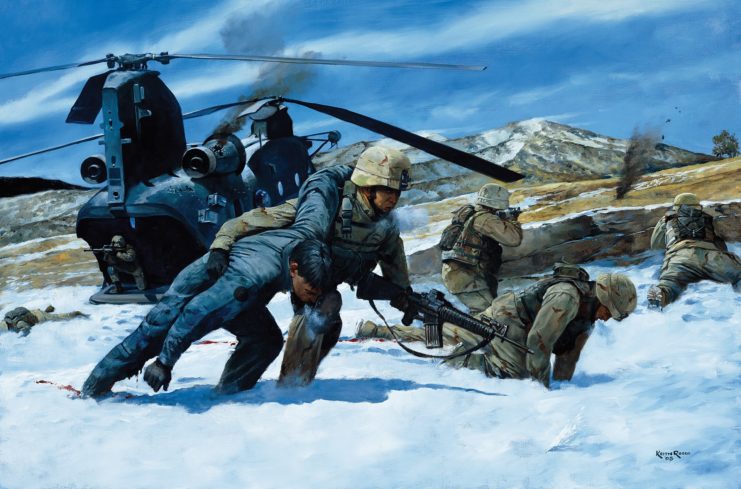
Almost as instantly as John Chapman’s Chinook helicopter arrived, it was quickly met with small arms fire and a direct hit from a rocket-propelled grenade (RPG), causing a US Navy SEAL to fall from the craft onto the snow-covered hilltop below.
With little possibility to aid the fallen SEAL at that moment, the severely damaged chopper retreated and landed seven miles away. Without delay, Chapman assumed his designated role and commenced coordination with a Lockheed AC-130 in the area.
Though not his primary duty, Chapman willingly offered to extract the missing Navy SEAL from the enemy stronghold. He swiftly neutralized two insurgents and advanced towards a second fortified machine gun. Subsequently, the rescue team found themselves under intense enemy fire.
Controversy surfaces
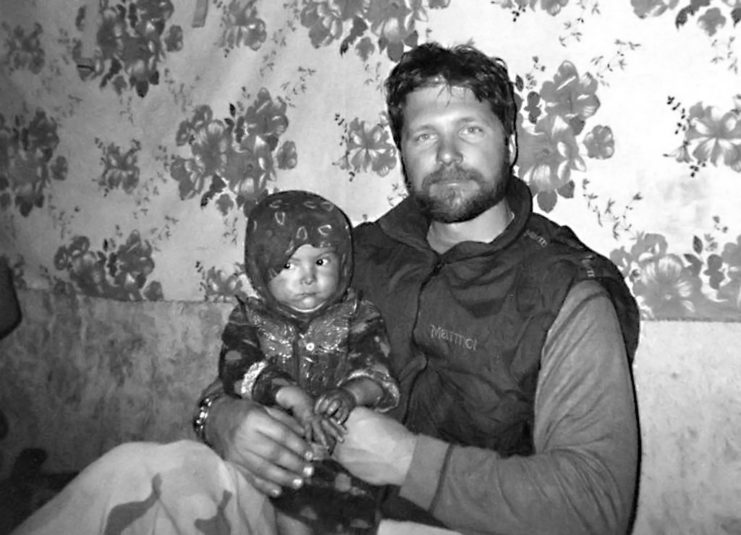
It’s at this point that controversy would surface and valor in the face of formidable challenges would emerge. Long after John Chapman’s courageous last stand, advancements in video technology unveiled startling new details.
Chapman had survived the confrontation and persisted in battle after the team withdrew. In the footage, he is shown engaging with enemy combatants, even dispatching one in hand-to-hand combat. Then, he made his way to a bunker, before his last stand was ended by a direct RPG hit.
John Chapman is posthumously awarded the Medal of Honor
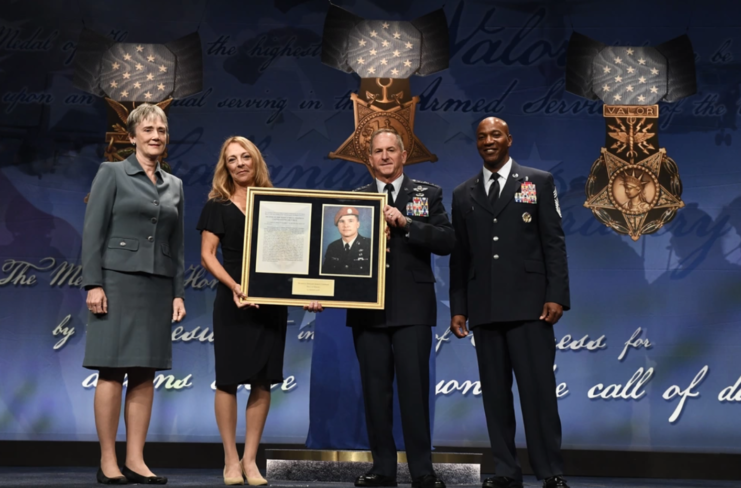
With this new information revealed, John Chapman, who was awarded the Air Force Cross posthumously, had his honor elevated to the Medal of Honor. He was additionally posthumously promoted to the rank of master sergeant.
More from us: Gary Wetzel: The MoH Recipient Who Rescued His Commander, Despite Losing His Arm to Enemy Action
Though the Battle of Takur Ghar remains surrounded by controversy, it is impossible to argue against Chapman’s bravery in fighting to the end. His name will be forever remembered in military history, earning the lasting admiration of all who recognize his role in the infamous battle.
